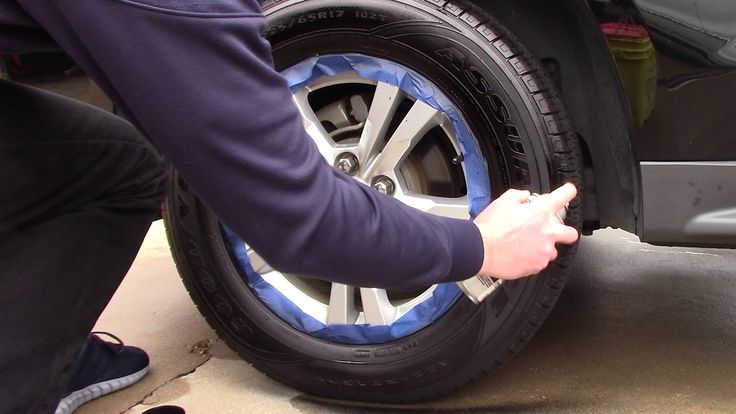Welcome to Tesla Motors Club
Discuss Tesla's Model S, Model 3, Model X, Model Y, Cybertruck, Roadster and More.
Register
Want to remove ads? Register an account and login to see fewer ads, and become a Supporting Member to remove almost all ads.
Checkout the latest TMC Podcast (w/topics now timestamped) where we discussed topics such as the soon to be released FSD Beta V11. You can watch it now on YouTube .
JavaScript is disabled. For a better experience, please enable JavaScript in your browser before proceeding.
#1
I'm probably the stupidest person ever. I washed my car and put tire shine, allowed it to dry for ~45 min and drove off forgetting that I put it on. Because it was nighttime, I didn't realize tire shine had flung all over my paint. By Sunday morning, I noticed and tried to remove all the sling marks but a lot of it seems stained into the paint. Now, I have yellowish stains on my white paint. Has anyone used tire shine and had it soak into the paint? What did you guys do? My M3 is about to be a month old and now I'm beating myself up in case it's permanent.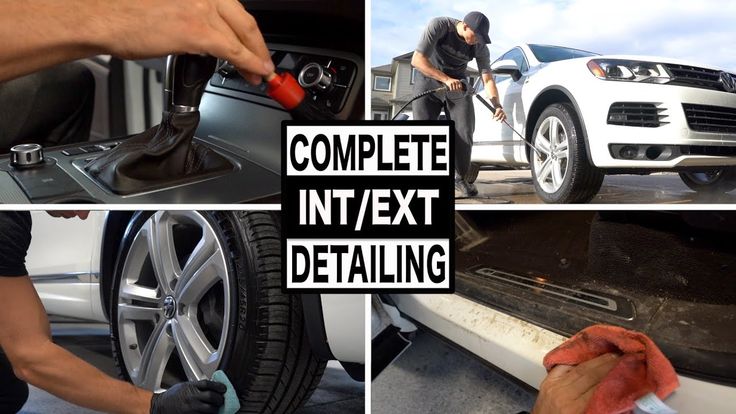 .. I've tried using Goo Gone, Scratch X... nothing seems to be working. Please help
.. I've tried using Goo Gone, Scratch X... nothing seems to be working. Please help
#2
i would try a good rubbing compound, its what detailers use to remove surface damage to clear coats, little elbow grease should o the trick
Reactions:
caSimon
#3
Some pictures of my stupidity.
#4
I think an important question is, what type of tire shine is it? Is the tire shine water-based or solvent-based? I am guessing based on the pics and how difficult it is to remove that it is solvent-based. Here is what I would recommend:
1) I would contact the manufacturer of the tire shine and ask them what they would recommend to remove the slung tire shine on your white paint.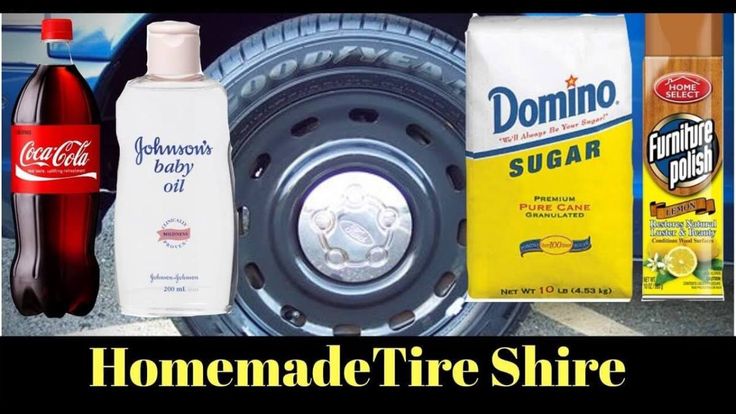 I am sure others have run into the same problem.
I am sure others have run into the same problem.
2) If it is solvent-based tire dressing, I would be inclined to try a very small amount of mineral spirits directly on the stained area. Just note this stuff is nasty. You need to be careful in how you use it to make sure you do not damage the car or your lungs. Here is a helpful article on how to use mineral spirits:
3) Take it to a professional detailer and get some professional recommendations. Yes, you could use a rubbing compound. But that does remove a small amount of clear coat in the process. I would only use a compound if nothing else works.
Good luck!
Reactions:
caSimon
#5
Something like Turtle Wax Bug & Tar Remover might take it off. You can get it at Target or Walmart for about $5.
You can get it at Target or Walmart for about $5.
(If it doesn't remove it, it's not money wasted because you can still keep it in your car to remove bugs off the front on long car trips)
Reactions:
ochompsky and caSimon
#6
Everything I've read about this is that NO amount of chemicals or polishing will remove the stains -- and it's especially problematic on white cars. However, over time, the sun will make it fade away until it's barely noticeable.
However, over time, the sun will make it fade away until it's barely noticeable.
Reactions:
caSimon
#7
Mac00kemdanno said:
Everything I've read about this is that NO amount of chemicals or polishing will remove the stains -- and it's especially problematic on white cars.
However, over time, the sun will make it fade away until it's barely noticeable.
Click to expand...
I read these too :/ I’m going to try everything everyone listed and I’m really hoping it will come out. However, if not, I’ll just slap some mudflaps on and hopefully it’ll cover the area and I won’t see it.
#8
Claybar process
#9
Mac00kemdanno said:
Everything I've read about this is that NO amount of chemicals or polishing will remove the stains -- and it's especially problematic on white cars.
However, over time, the sun will make it fade away until it's barely noticeable.
Click to expand...
i guess it depends on the car. my previous 2015 c300 had tons of sling on it (i didn't know how to apply properly back then).
it always wiped right off during my next washing, sometimes a month or two later.
OP - maybe try a degreaser.
#10
I just came across this discussion on an auto detailing forum that speaks to someone with the same exact situation:
In this post one person said this about the stains left by the tire sling "That`s called 'photo spotting.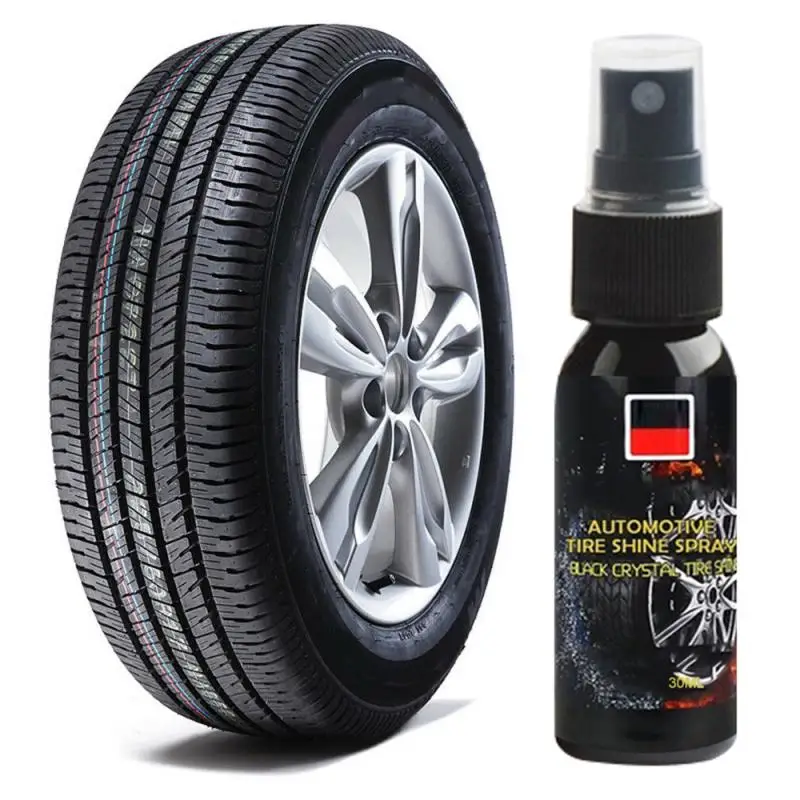 ' This is why some silicone based tire shines warn you this may happen especially on white or light colored cars."
' This is why some silicone based tire shines warn you this may happen especially on white or light colored cars."
The good news is that, according to some, the stains may simply fade over time.
To prevent this from happening again, I highly recommend using a water-based tire dressing such as Chemical Guys VRP or Xtreme Solutions Longevity. Avoid silicone-based dressings.
#11
I use Carpro perl and have zero issue with tire sling. Best tire dressing I’ve ever used, especially it’s durability through wet weather.
I removed a seat stain from my black seats with a magic eraser, now it’s slightly lighter than the rest. How do I fix this?
Model 3: Interior & Exterior
joebruin77
bird poo damage
Model 3: Interior & Exterior
heavyD
Continued paint issues [watermarks etc]
Model 3: Interior & Exterior
ICE_Free
Vendor What is Ceramic Coating & Paint Protection Film & you need it for your Tesla - Pottstown, Collegeville, West Chester, Chester Springs, Philadelphia PA
Mid-Atlantic
TotalDetailing
Vendor Tesla Paint Protection - Paint Protection Film & Ceramic Coatings - Which Is Best? West Chester, Malvern, Allentown, Bethlehem, Collegeville, Wayne
Mid-Atlantic
TotalDetailing
Share:
Facebook Twitter Reddit Pinterest Tumblr WhatsApp Email Share Link
Forum list
Answer
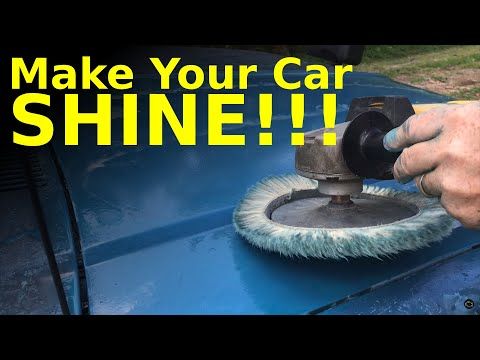
How do you get tire shine off white paint?
There are a few ways to get tire shine off white paint.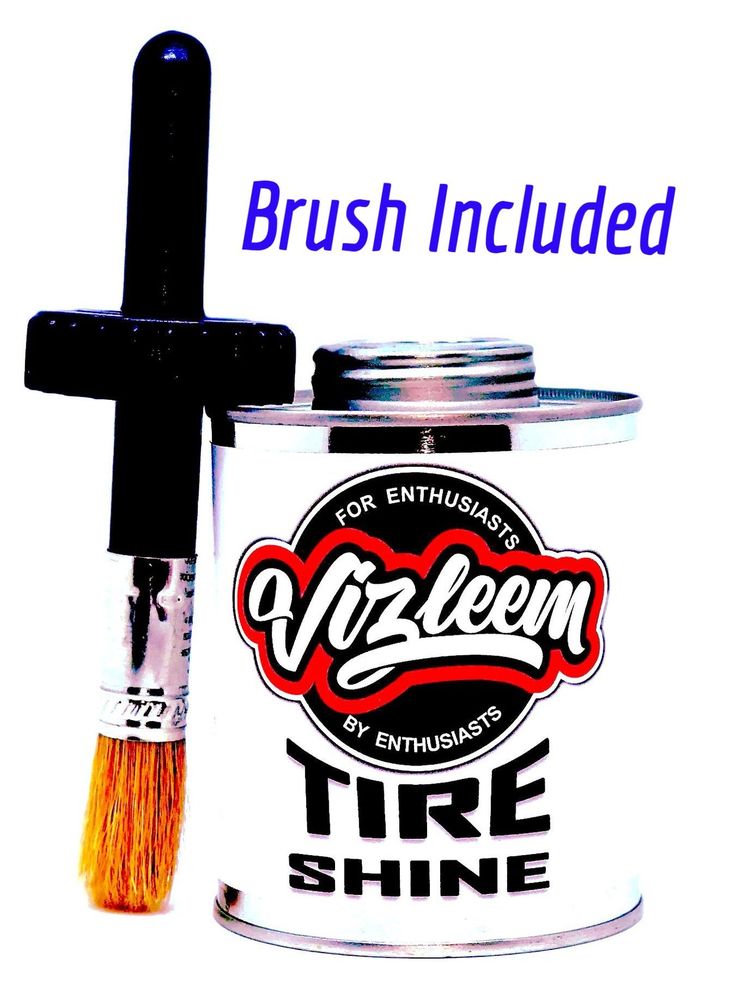 You can use a degreaser like Goo Gone, or you can try using a citrus-based cleaner like Orange Glo. If those don’t work, you can try using a solvent like acetone or lacquer thinner.
You can use a degreaser like Goo Gone, or you can try using a citrus-based cleaner like Orange Glo. If those don’t work, you can try using a solvent like acetone or lacquer thinner.
Can tire shine mess up paint?
No, tire shine will not mess up paint. Tire shine is a product that is used to make tires look shiny and new. It is made up of a silicone-based product that will not harm the paint on your car.
How long does it take for tire shine to wear off?
It depends on the type of tire shine that is used. If a silicone-based tire shine is used, it will usually last for several weeks before it starts to wear off. If a water-based tire shine is used, it will usually last for only a few days before it starts to wear off.
How do I remove tire paint stains?
Tire paint is a type of paint that is used to mark the tires of a vehicle.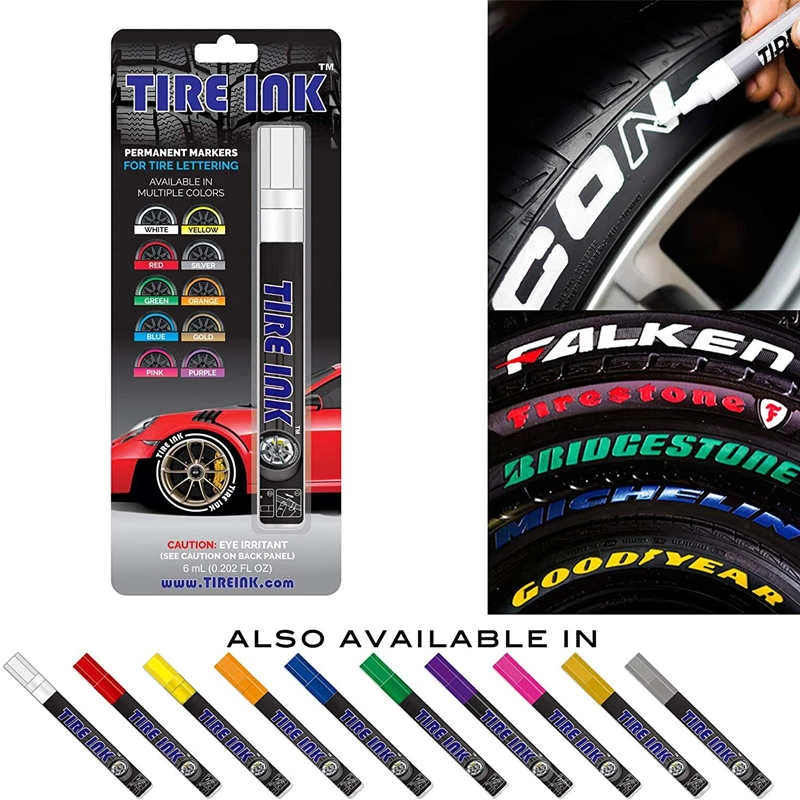 It is usually a bright color, such as yellow or orange, so that it can be easily seen. Tire paint can be difficult to remove, but there are a few methods that can be used.
It is usually a bright color, such as yellow or orange, so that it can be easily seen. Tire paint can be difficult to remove, but there are a few methods that can be used.
One way to remove tire paint is to use a solvent. A solvent is a liquid that can be used to dissolve a substance.
Why is tire shine bad?
Tire shine is bad because it can cause the rubber on tires to crack and peel. It can also make the tires slick, which can lead to a car accident.
What is tire shine made of?
Tire shine is generally made of a silicone-based product that gives a wet look to the tires.
How do I remove tire paint stains?
Tire paint is a type of paint that is used to mark the tires of a vehicle. It is usually a bright color, such as yellow or orange, so that it can be easily seen. Tire paint can be difficult to remove, but there are a few methods that can be used.![]()
One way to remove tire paint is to use a solvent. A solvent is a liquid that can be used to dissolve a substance.
Why is tire shine bad?
Tire shine is bad because it can cause the rubber on tires to crack and peel. It can also make the tires slick, which can lead to a car accident.
What is tire shine made of?
Tire shine is generally made of a silicone-based product that gives a wet look to the tires.
Are you supposed to wash off tire shine?
There is no one definitive answer to this question. Some people believe that tire shine should be washed off, while others believe it can be left on. Ultimately, it is up to the individual to decide what is best for their car.
Do you rinse off tire shine?
There is no need to rinse off tire shine. It will dry quickly and will not leave any residue.
Do you wipe off Armor All Extreme tire Shine?
I’ve never used Armor All Extreme tire Shine, so I’m not sure. I would imagine that you would need to wipe it off, as it is a gloss product.
Are you supposed to wash off tire shine?
There is no one definitive answer to this question. Some people believe that tire shine should be washed off, while others believe it can be left on. Ultimately, it is up to the individual to decide what is best for their car.
Do you rinse off tire shine?
There is no need to rinse off tire shine. It will dry quickly and will not leave any residue.
Do you wipe off Armor All Extreme tire Shine?
I’ve never used Armor All Extreme tire Shine, so I’m not sure. I would imagine that you would need to wipe it off, as it is a gloss product.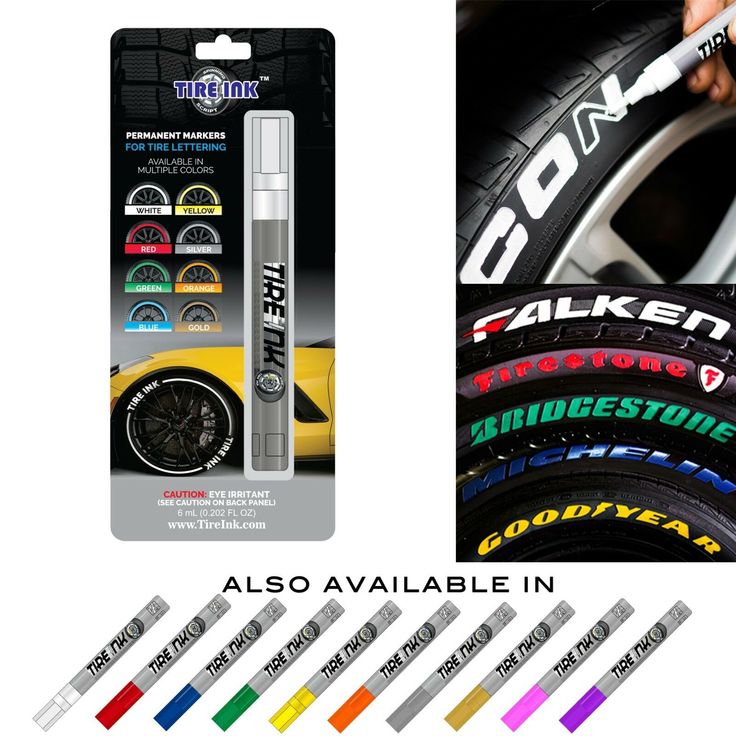
Among the operations to restore the paintwork of a modern car, polishing occupies a special place.
Polishing is perhaps the last operation performed in the painting area after all restoration and repair work has been carried out and after painting. According to statistics, on average, in 90% of cases, polishing is aimed at eliminating painting defects, and only in 10% it serves to smooth out transitions. Moreover, if the transition is done well, then the polishing is minimal - it is enough to go through the machine a couple of times, and that's it. And when the repair area is small, you can polish it by hand. nine0003
Polishing, aimed at eliminating defects in the application of a paintwork material, can be compared with restorative polishing of a car body, when the paintwork has received some damage during its operation.
As a result of polishing, defects such as scratches are removed (if their depth does not exceed the thickness of the paintwork, i.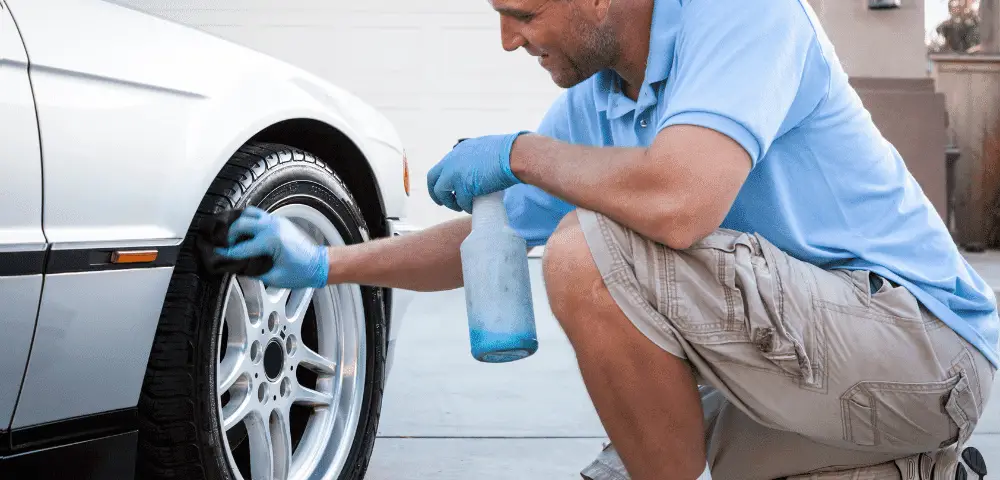 e. does not reach the ground), wear and oxidized layers present on the surface of the body (their presence is expressed in clouding of the paintwork), shallow dust inclusions , streaks, indistinct contouring of the boundaries of the painting area, the manifestation of grinding marks in the structure of the paint, water spots and bubbles. After polishing, the paintwork acquires brightness, depth, color saturation and gloss. nine0003
e. does not reach the ground), wear and oxidized layers present on the surface of the body (their presence is expressed in clouding of the paintwork), shallow dust inclusions , streaks, indistinct contouring of the boundaries of the painting area, the manifestation of grinding marks in the structure of the paint, water spots and bubbles. After polishing, the paintwork acquires brightness, depth, color saturation and gloss. nine0003
Although it should be noted that in some cases such defects cannot be corrected by polishing, so its necessity must be determined in each specific case. It is not excluded that the defect is so severe that the damaged area will have to be sanded, cleaned and re-painted.
Polishing will not give any effect if the car body has deep scratches or chips that reach the soil layer. In this case, it makes sense to first make a spot repair, and only then polish the painted part, since the essence of the polishing process is to remove only the upper layers of the paintwork (though sometimes up to several tens of microns).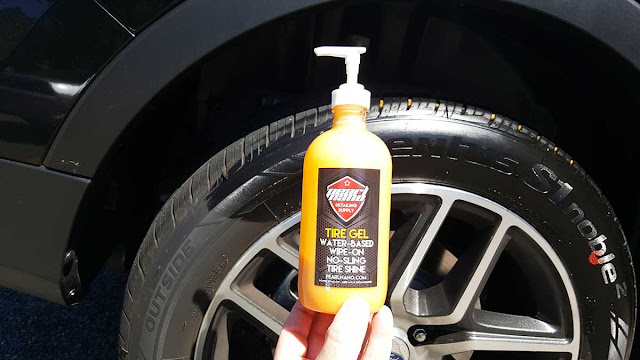 And here the main thing is not to overdo it, so be sure to use a soft plate (grinding). nine0003
And here the main thing is not to overdo it, so be sure to use a soft plate (grinding). nine0003
The process itself includes several stages: mechanical grinding of the defect, degreasing, the so-called rough polishing using polishing pastes (sometimes containing an abrasive; this is especially true when polishing is not carried out after painting the part, but only to restore the worn paintwork - then rough polishing replaces mechanical grinding of the defect) and fine polishing with special polishing pastes. Between the stages of polishing, it is necessary to remove the previous polish with any polishing and cleaning cloth. nine0003
It is necessary to remove the defect with abrasive material with a high gradation of grain size. If you use an abrasive paste, then you must clearly separate the use of the paste with the content of coarse-grained, medium-grained, and fine-grained abrasive.
The first two types should be used on cars with a “hard” paintwork - in case of deep damage, first apply coarse-grained ones, and only then switch to pastes with an abrasive grit of medium size.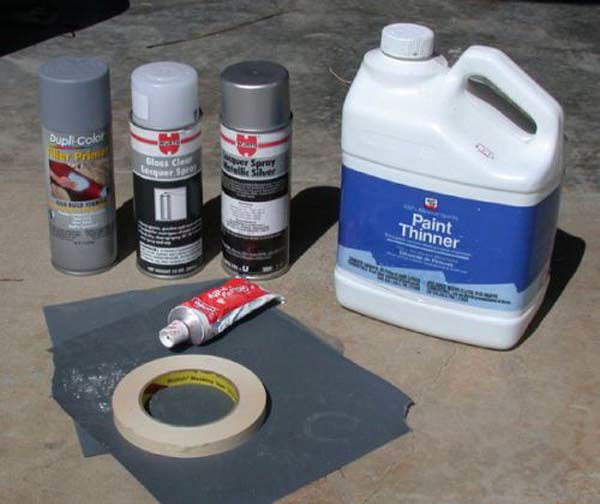 If the damage is shallow, then you can only do with a paste with an average grain size of the abrasive. nine0003
If the damage is shallow, then you can only do with a paste with an average grain size of the abrasive. nine0003
Fine-grained pastes are used for polishing "soft" paintwork.
After removal, as already mentioned, with a special polishing and cleaning cloth of the abrasive remnants, a final polishing is carried out, giving the coating a mirror shine and gloss.
Sometimes, in order to provide longer-term protection of the paintwork from the adverse effects of the environment (when we are dealing with an old coating), protective polishing of the car body is carried out. In this case, Teflon, contained in polishing pastes or polishes, applied to the surface of the body, creates a protective film. Thanks to this film, the body is better washed, repels moisture (drying water drops do not leave stains on the body), does not fade under the influence of ultraviolet rays, is protected from abrasive wear under the action of sand and from the negative chemical effects of salt. Such a protective polishing of the body can be stored for six months. But it already depends on the quality of the materials used. It is not uncommon for the effect of protective polishing to last only until the next wash. nine0003
Such a protective polishing of the body can be stored for six months. But it already depends on the quality of the materials used. It is not uncommon for the effect of protective polishing to last only until the next wash. nine0003
According to Meguiars experts, the following fundamentally important conditions must be met in order to polish the body:

And a few more tips from Meguiars experts.
To perform high-quality polishing, you should not rush and capture a large area at once. For those who are polishing the body for the first time, we recommend that you first try on an inconspicuous area, and ideally, practice on some unnecessary part: hood, fender, etc., if available. nine0003
Make several horizontal movements without pressing the polisher hard against the surface. After that evaluate the result. It depends on the degree of pressure, used polishing wheels and pastes. You must feel and understand how noticeable the effect of polishing is on the body and, accordingly, adjust the speed of passage, the number of passes and the degree of pressure on the polishing machine.
Directly when polishing the car, after several passes with the machine, inspect the treated area, after wiping it with a napkin. If there are no scratches, go to the next part of the body (next row). Try to polish so that the next row overlaps the previous one as little as possible; ideally they should run in parallel.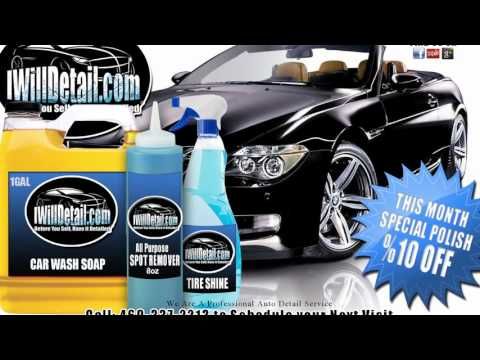 nine0003
nine0003
In no case is it recommended to strongly press the machine to the surface to be treated and linger in one place for a long time, as this can damage the paintwork to the ground, and then repainting the part is indispensable. Particular care must be taken when polishing the corners and edges of the body part.
Well, now let's move on to the review of new products. An interesting novelty in the segment of polishing technologies is offered by AVTOgraf Trading House - replenishment of the sets of the Rupes Big Foot polishing system, which is known for its efficiency in removing the holographic effect that appears during the polishing process. nine0003
Polishing specialists are familiar with such difficulties as surface overheating and holograms that appear during the polishing process. The main reasons for the appearance of holograms are:
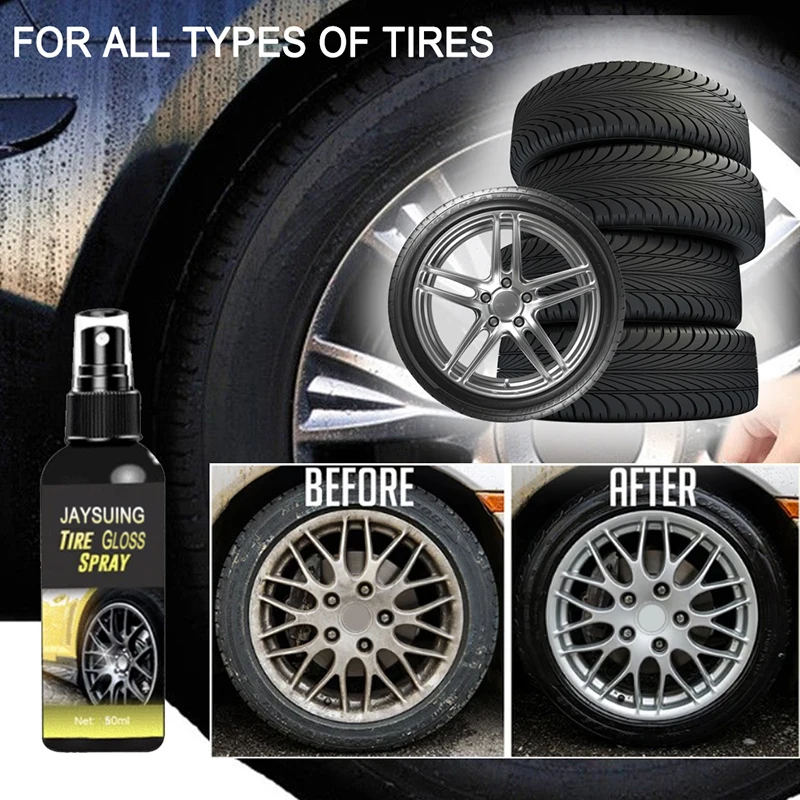
Previously, experts fought with holograms, using a special additional tool and polishes that remove holograms. But this delayed the polishing process in time and led to a significant increase in the labor intensity of the work.
Such complexities increase the cost of work due to the need to use additional materials, and also increase the workload for polishing specialists. It was to solve these problems that the Italian company Rupes introduced the new Big Foot polishing system, which, thanks to its unique technology, helps to eliminate the “holographic” effect. nine0003
The Big Foot polishing system includes:
LHR 21E is an electric rotary-orbital (eccentric) polisher with an anti-twist sole system.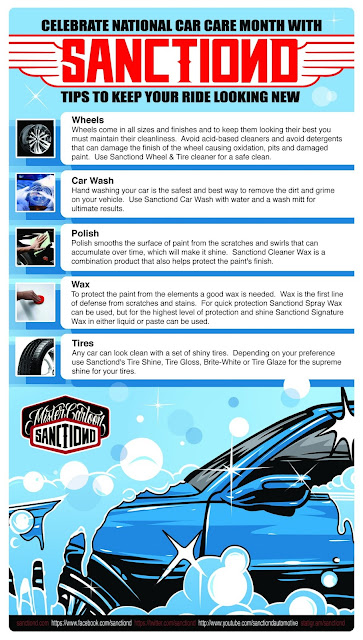 It has a 21 mm eccentric stroke, its main purpose is the treatment of painted surfaces and the elimination of the "holographic" effect. nine0003
It has a 21 mm eccentric stroke, its main purpose is the treatment of painted surfaces and the elimination of the "holographic" effect. nine0003
Rupes LHR 21E has many advantages. This machine has a large eccentric stroke, which reduces the time of the polishing process due to faster removal of holograms. And the smooth starting spin of the disc helps prevent splashing of the polishing paste. In addition, electronic control of the rotation speed makes it possible to maintain the rotation speed at a constant level. The anti-spin function eliminates rotation at ultra-high speeds, which helps to avoid the formation of scratches. Rupes LHR 21E has a comfortable ergonomic handle, polyurethane disc sole. That is, the machine is easy to use and performs the same work as a traditional polisher, but lighter and more efficient! nine0003
The polishing pads included with the Big Foot set are open-celled pads that guarantee an optimally uniform distribution of the paste and reduce heat during polishing. Easily cleaned from the remnants of the paste after work.
Easily cleaned from the remnants of the paste after work.
The special “flare” design spreads the paste better on the surface and reduces the risk of damage to the mating parts. Hard disks are specially designed for random orbital polishers and are extremely resistant to mechanical stress. The center hole improves heat dissipation and simplifies disc centering. nine0003
The polishing pastes in the Big Foot kit are environmentally friendly, water-based, silicone-free and have a pleasant smell. They are gel like in texture. When polished, they do not dry out and do not splatter. This ensures a long service life of the paste and the absence of dust formation.
The special concentrated composition of Rupes polishing pastes provides up to 30% benefits compared to similar products for the same surface area. nine0003
At the end of last year, 3M pleased with several novelties in its polishing system at once. Firstly, the line of polishing wheels made using the unique Trizact technology has been replenished with the P6000 gradation.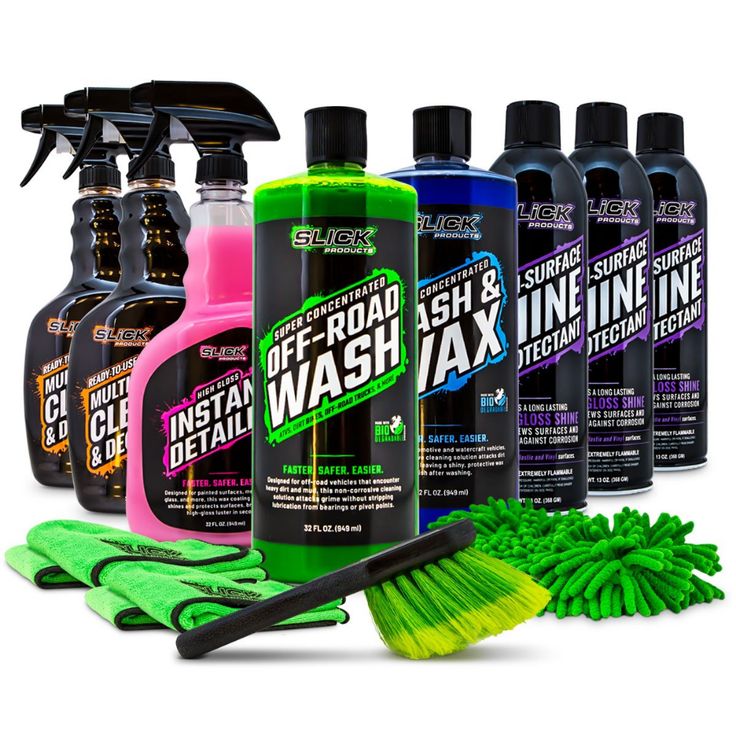 Used after 3M Trizact P3000 circles. Using a new wheel significantly reduces the time required to achieve a brilliant result.
Used after 3M Trizact P3000 circles. Using a new wheel significantly reduces the time required to achieve a brilliant result.
Secondly, the 3M Color Code polishing system has expanded. 3M 51052 Perfect-it Fast Cut XL First Step Polishing Paste with green cap replaces the popular 3M 50417 Perfect-it Fast Cut Paste. Due to the improved chemical composition, the polishing paste has a neutral smell and has a more oily structure, which increases its performance. nine0003
Thirdly, there is the unique 3M Quick Connect pad system, which provides instant replacement and perfect balance of pads. The system includes polishing pads in two sizes - 150 and 221 mm. The system is fully compatible with 3M Color Code.
Source: Sergey Skorobogatov, Dvizhok magazine April 29, 2014
A question we've been asked many times by enthusiasts, show car owners and detailing professionals is what's the best way to do a full restoration on a car that's just left the paint shop.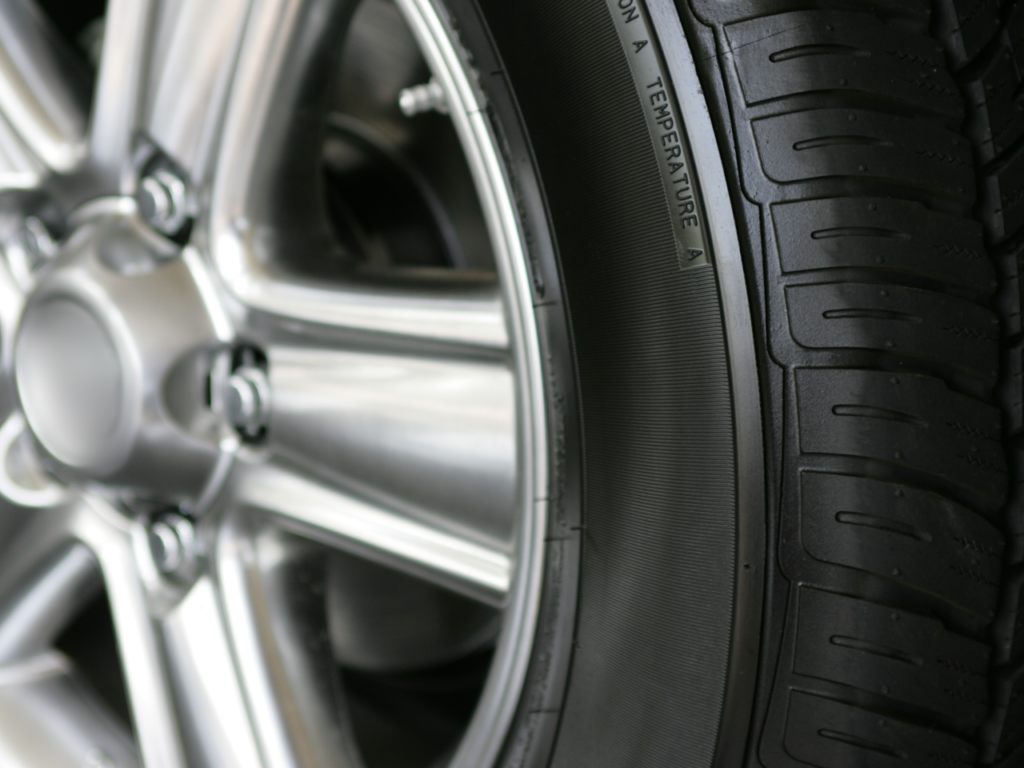 This is a very good question, as issues such as polishing a new paintwork, removing deposits, and adding protective layers may require slightly different processes than usual. In fact, at many stages, right up to performing an ultra-safe pre-body wash, there are a few additional points to consider. But this is where we are ready to help and share useful information with you. So here's our essential guide to the professional tricks you need to know, as well as the best products to use along the way...
This is a very good question, as issues such as polishing a new paintwork, removing deposits, and adding protective layers may require slightly different processes than usual. In fact, at many stages, right up to performing an ultra-safe pre-body wash, there are a few additional points to consider. But this is where we are ready to help and share useful information with you. So here's our essential guide to the professional tricks you need to know, as well as the best products to use along the way...
WHY DO YOU NEED TO POLISH A VEHICLE AFTER A REPAINT?
The simple fact is that a paintwork cannot be flawless until it has been polished. It doesn't matter if you did emergency repairs, installed a body kit or completely repainted the body. What many people forget is that the paintwork will always need a lot of refinishing after being painted in a bodyshop. It's also worth remembering that the vast majority of painters make a living from the sheer volume of work they do. Polishing, especially when it comes to working on the entire car, usually takes longer than previous prep and paint steps. This costs the bodyshop a lot and these costs are added to the final bill, that's all. nine0003
Polishing, especially when it comes to working on the entire car, usually takes longer than previous prep and paint steps. This costs the bodyshop a lot and these costs are added to the final bill, that's all. nine0003
But our entry is not about how to save money, but still a little about something else. We believe that it is almost impossible for a painter alone to give a spectacular finish to a paintwork. For the most part, their job is simply to produce paint jobs suitable for normal civilian vehicles. Even on the rare occasions when a bodyshop specializes in show cars and exotics, they are forced to use a detailing and polishing specialist, most often on site, to improve the final finish. nine0003
First of all, it's important to think of painters as repair shops, not detailers. Having a capable painter for the first few steps is critical, but the final finish can only be as good as the painters go to the final step - polishing, de-scaling, etc.
In addition to the preparation, priming and painting steps, the repairman will complete several tasks before polishing can begin. First, wet (or dry) grinding of the car will be performed to level the surface. This is because, contrary to popular belief, fresh paint cannot lie perfectly flat when it is first applied. nine0003
First, wet (or dry) grinding of the car will be performed to level the surface. This is because, contrary to popular belief, fresh paint cannot lie perfectly flat when it is first applied. nine0003
After wet sanding, the master proceeds to “cut off” the paintwork. This starts with an abrasive cutting compound to remove the most severe defects in the form of dust, smudges, etc. He then switches to medium and fine polishing pastes to help level the optical surface and establish some degree of sheen. This gloss may be good enough for the untrained eye, but it is unlikely to be as refined as a true detailing enthusiast would expect. nine0003
These starter polishes are relatively coarse abrasives designed to work with a polisher and provide a satisfactory sheen, but for the most part will not be enough to create a spectacular finish. You will find that under direct sunlight (or when illuminated by special lighting fixtures) traces of swirls, holograms and other leftover imperfections will almost always be visible. This is something that needs to be further addressed. nine0003
This is something that needs to be further addressed. nine0003
Another note: bodyshops almost never apply ceramic protective compounds to paintwork. This is because, even when the paint is dry, it will take up to a month for it to fully cure... And they just don't want your car to stay with them for that long. Though I don't think you'd agree to leave her there for such a long time either.
WHERE TO LOOK
So we know that paint correction is a must, but as you might expect it can only be done on a very clean surface. This also means that the rinsing and decontamination steps are also critical in preparation for polishing. nine0003
Three important steps when detailing a car with fresh paint are removing dust, removing overspray marks and adding final protection to the paintwork.
DUST
The workshop environment is hardly the ideal place for detailing. First of all, the main enemy of this place is dust. Old paint, fiberglass, body putty and polishes break down when sanded to form large abrasive particles and, of course, a lot of sanding is required to prepare any car for painting.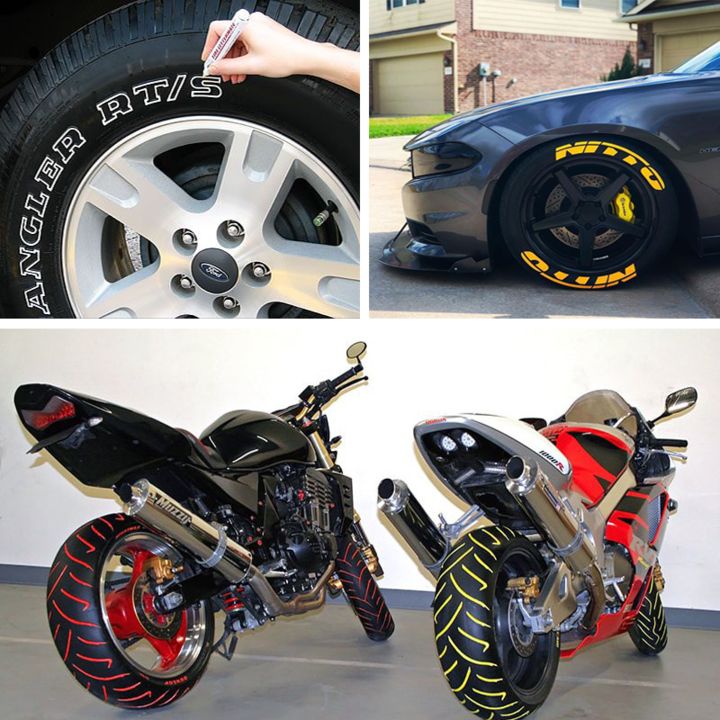 This problem is exacerbated by the presence of several cars under one roof, because these small particles can move through the air and be transferred to other surfaces. nine0003
This problem is exacerbated by the presence of several cars under one roof, because these small particles can move through the air and be transferred to other surfaces. nine0003
PAINT SPOTS
Unpainted parts are always masked, but like dust, paint can easily get into the most unexpected places. A small amount of excess paint in some places is common, no matter how careful the body repair is, and will need to be removed after the paint has dried. Most painters will do their best to remove this excess, especially in visible areas, but you may find a few missed spots in areas such as window gums, plastic parts and moldings, wheel arch liners, and sometimes even the interior. Do not forget that many of the painters paint cars all day and every day, so from time to time some of them will be in a hurry to take the next car to work, and some will simply have their eyes "blurred" and they may not notice what an experienced one will notice. detailer, producing a full range of services for cleaning and polishing the car. This is another argument in favor of the fact that the painter will not replace an experienced detailer. nine0003
This is another argument in favor of the fact that the painter will not replace an experienced detailer. nine0003
Luckily this is not a problem as these sprays are usually only created by fine mist that indirectly lands on the surface. He may stick to her, but it is unlikely that he will be completely "tightly" bonded to her. This means that with the right products, it can be removed relatively easily.
PROTECTION OF PAINT AFTER POLISH
This is perhaps the most confusing part of detailing any newly painted car. It goes without saying that a fresh paintwork will need protection from environmental influences, but when choosing a product it is also important to consider the cure time of the paint. nine0003
Fresh paint can be fully cured within a month. There is a so-called "initial cure" - it occurs after about 24 hours, when the paint becomes hard enough for sanding and polishing. After that, you can already clean the paintwork. However, after this initial curing there is still a period of "outgassing" when the remaining solvents are removed from the surface by evaporation.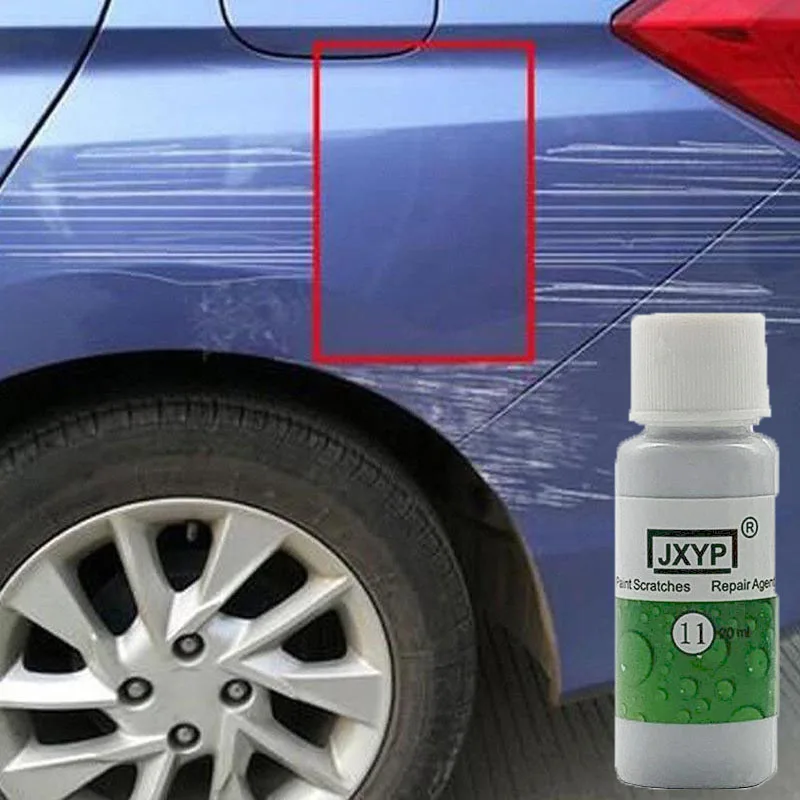 This may continue for about a month until the final solidification is reached. This is the reason why the application of impervious protective layers, such as quartz-based ceramic coatings, does not allow the paint to breathe and can interfere with the final curing process. That's why we don't recommend using hard waxes and impervious ceramic coatings, and instead opt for permeable products like Radiance Carnauba Crème for extra protection and show shine. nine0003
This may continue for about a month until the final solidification is reached. This is the reason why the application of impervious protective layers, such as quartz-based ceramic coatings, does not allow the paint to breathe and can interfere with the final curing process. That's why we don't recommend using hard waxes and impervious ceramic coatings, and instead opt for permeable products like Radiance Carnauba Crème for extra protection and show shine. nine0003
Radiance provides three months of durability, so by the end of that period you can continue using it, or feel free to switch to your favorite Auto Finesse hard wax, or use the extreme protection offered by our Caramics Paintwork Protection Kit.
DO IT TOGETHER WITH AUTO FINESSE
The best way to get it right is to do it yourself, so we'll show you the whole process with this freshly painted VW. nine0003
STEP 1: ENGINE COMPARTMENT AND WHEELS
After repainting the body, it makes sense to start detailing from the engine compartment. Most likely (especially with a car that has been in the workshop for a while with the hood removed), it will be pretty dirty with dust. In many cases this will be the hardest hit area and most paint shops will do the best they can with a compressor to blow the dust out of the sump. Of course, this is not enough. To do this, you can either use Eradicate Engine Degreaser all over the bay, or you can use Verso Universal Cleaner diluted 1:5. nine0003
Most likely (especially with a car that has been in the workshop for a while with the hood removed), it will be pretty dirty with dust. In many cases this will be the hardest hit area and most paint shops will do the best they can with a compressor to blow the dust out of the sump. Of course, this is not enough. To do this, you can either use Eradicate Engine Degreaser all over the bay, or you can use Verso Universal Cleaner diluted 1:5. nine0003
After rinsing and drying, we like to coat all plastic parts with Dressle All Purpose Trim Dressing, leave it to cure for 4-6 hours while we finish the rest of the parts, then wipe off the excess of this product and enjoy the updated look of the entire engine compartment.
The next process, of course, is to remove any dirt left on the wheels. As with the engine bay, wheels can be a huge dust collector. You can usually find a significant amount of dirt under arches, fender liner, rim rims, etc., so wash wheels and fender liner thoroughly with our special Revolution Wheel Shampoo, pre-treated with Imperial Rim Cleaner.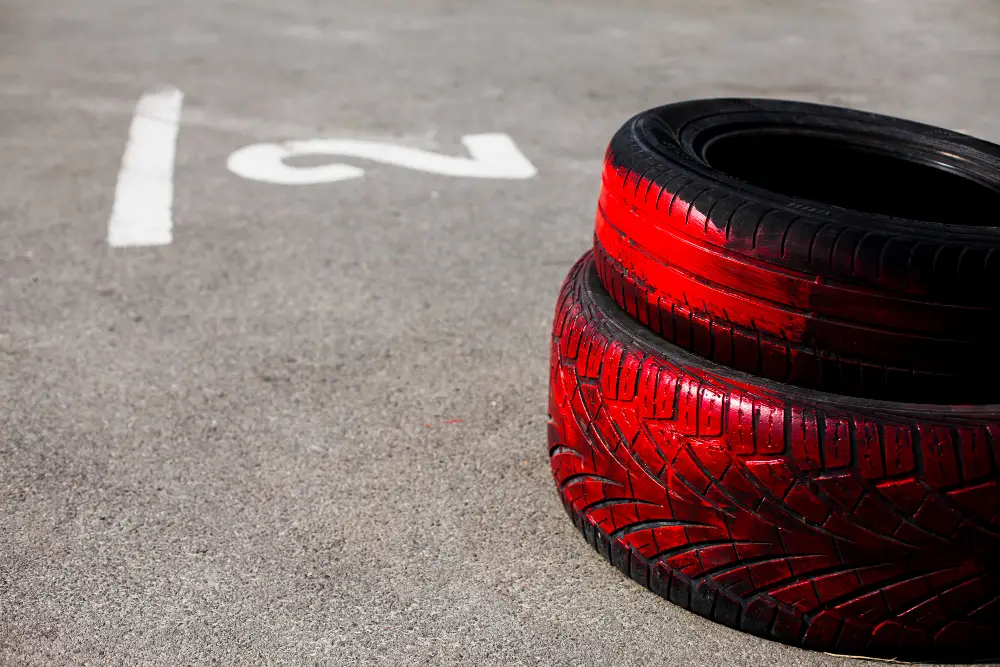 Apply this cleaner not only to rims, but also to tires and even fender liner. It loosens road dirt and dust very well. After a long downtime of the car, you need to clean everything thoroughly and rinse everything very well, that's for sure. It is important here to remove all traces of dust, so when pre-flushing, pay special attention to the tires and wheel arch liners. By getting rid of these contaminants now, you ensure that they do not return to your paintwork when you move your car. nine0003
Apply this cleaner not only to rims, but also to tires and even fender liner. It loosens road dirt and dust very well. After a long downtime of the car, you need to clean everything thoroughly and rinse everything very well, that's for sure. It is important here to remove all traces of dust, so when pre-flushing, pay special attention to the tires and wheel arch liners. By getting rid of these contaminants now, you ensure that they do not return to your paintwork when you move your car. nine0003
STEP 2: SAFE WASH
Pre-wash (non-contact) is the most important step, but here it is even more important due to the high amount of abrasive dust you are likely to find.
First of all, evaluate the scale of pollution. We are looking at the case when you just picked up the car from painting (and I hope the master gave it to you relatively clean) and did not drive it very much to get it very dirty and apply superiority, such as our Dynamite or Citrus Power. However, for some dirty areas, you can even use our Verso universal cleaner diluted 1:10. This "over the eye" ratio is enough to soften light dirt and help you wash your car safely. nine0003
This "over the eye" ratio is enough to soften light dirt and help you wash your car safely. nine0003
The main idea of this stage is to prepare the car for polishing and protection of the paintwork and remove the remains of dust and other dirt that has settled in hard-to-reach and most often forgotten places for cleaning. First, the body must be thoroughly rinsed with high pressure water to remove surface dust, especially inside the gaps between the parts, as well as around the plastic frill and window gums. You will be surprised how much dirt can be removed by pre-rinsing, even if the car already looks clean. After that, move on to Avalanche Snow Foam. It will help remove the most stubborn dirt, especially if you clean tricky areas such as grilles, around the fuel filler, and seals with a soft-bristled brush to avoid scratching them. nine0111 Finally, after washing off the foam, wash the car thoroughly using the 2-bucket method, and the Lather car shampoo and the mega cozy and soft Ultra Soft Wash Mitt glove or ASST natural Australian merino wool mitten will be your faithful assistant in this.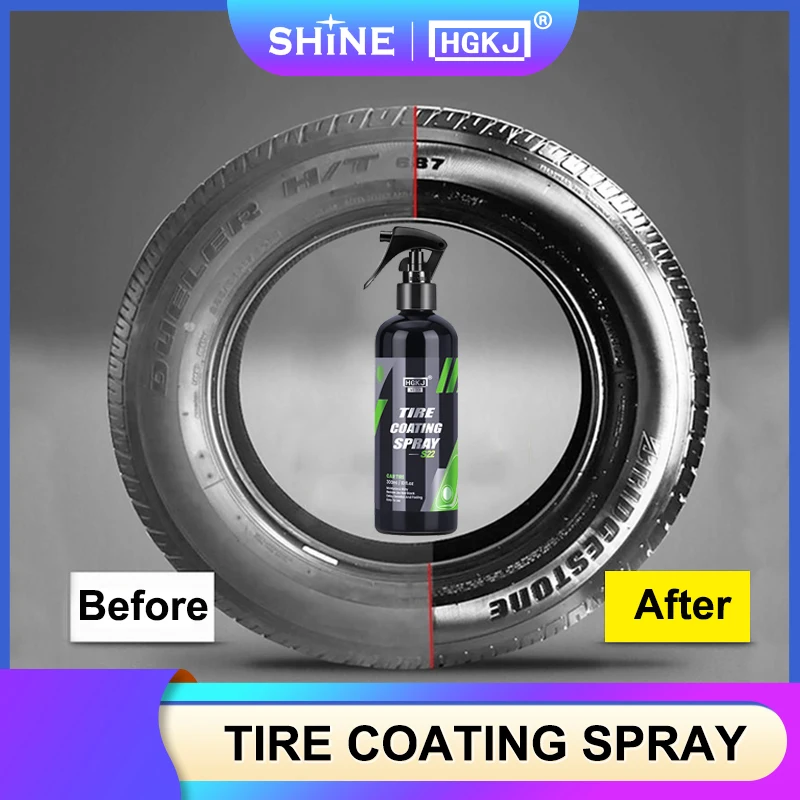 At this stage, you will wash off all the static from the body absolutely safely, since the shampoo contains a lot of lubricants, and the mitten will absorb dirt particles and prevent them from sliding on the varnish.
At this stage, you will wash off all the static from the body absolutely safely, since the shampoo contains a lot of lubricants, and the mitten will absorb dirt particles and prevent them from sliding on the varnish.
STEP 3: DRYING
After painting the body, there is no need to decontaminate (deep clean) the body and clean it of bituminous stains or metal inclusions. Clay is also not needed at this stage. Before you start drying, see if you missed static somewhere and make sure the body is clean. Use the Aqua Deluxe or TPL 1-Side drying towel to gently dry the bodywork. Do not use detailing spray and other auxiliary products, as the body protection stage will be ahead. Don't forget to wipe off water from the surfaces of wheels, sills, rubber seals, etc. nine0003
STEP 4: INTERIOR
Many people prefer to clean the interior last, but in the case of a dusty and heavily soiled car, it makes sense to clean the interior before polishing to limit the airborne dust and small abrasive particles that have probably settled there.
Vacuum every niche thoroughly, especially floor mats and carpets. Surely, torture has deeply penetrated into them and there is absolutely no need to rush on these elements. Use Total Interior Cleaner to clean plastics, fabrics, and more. Spray it on all the parts and use a brush or brush to lather the solution a little, and then remove it with a clean microfiber. It will draw out the dirt and improve the look of the details. Be sure to use a brush to remove dust from the ventilation holes. If you need a brush with the most gentle and safe bristles, then we recommend ASST Black&White. Clean the leather with the Hide Cleanser and then saturate the leather with the Hide Conditioner. Upon completion of all work with the interior, it will not be superfluous to treat all surfaces with a Wipe Out disinfector. It smells good and does not cause discomfort in work, and also leaves absolutely no traces of use, but it perfectly kills germs and viruses. nine0003
Once the interior of the car is completely dust-free, you can use Crystal Glass Cleaner on the inside of the windows and then Spritz Interior Quick Detail on all plastic parts to improve the look of the finish.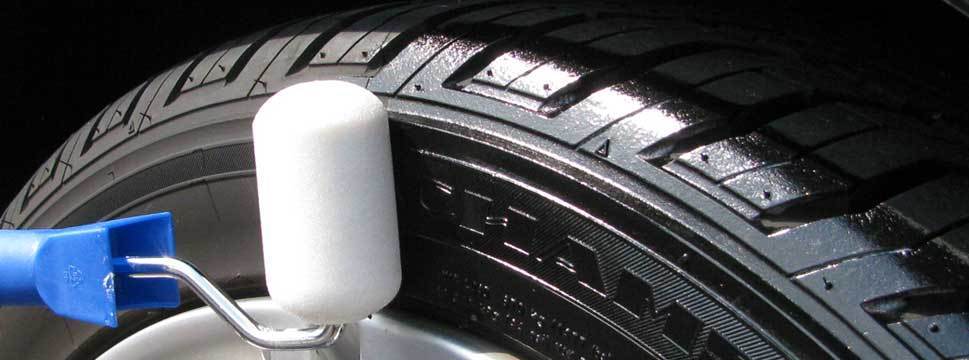 It darkens and saturates these details with color, and also protects against ultraviolet radiation and gives an antistatic effect. This completes the interior work.
It darkens and saturates these details with color, and also protects against ultraviolet radiation and gives an antistatic effect. This completes the interior work.
STEP 5: REMOVE PAINT SPOTS
A clean car is much easier to check for minor imperfections and blemishes. Typical areas of the body where deposits occur are arch linings, sealing gum and air vents. In the vast majority of cases, a light coat of paint can be removed from the glass with a small amount of ObliTARrate bitumen cleaner, as well as with Vision Glass Polish. Vision also does a great job of hiding light scratches, so you can use it later in the finishing steps. nine0003
When it comes to window seals and sealants, spray a little undiluted Verso all-purpose cleaner onto a microfiber cloth and apply to surface. At the point of friction, a microscopic layer of rubber will be removed and you will get a completely renewed surface. Be sure to do this procedure with all sealing gum so that they have a uniform deep color.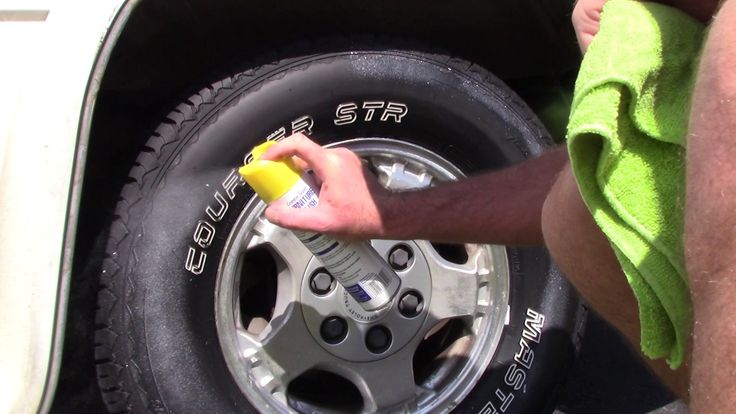
Durable plastic used for mudguards, fender liner and engine protection can be cleaned with ObliTARate. In general, we do not recommend using ObliTARate on plastic parts, but our experience is that it interacts with this plastic without problems and it can be useful for removing deposits. Verso applied to the Scrubi Spot Pad can be of great help. And, of course, after cleaning, you can use Dressle plastic impregnation on the wheel arches. This product will give them a deep black color. nine0003
STEP 6: POLISHING
Of course, professional body polishing is a serious and difficult task, but for our customers we have made this task easier thanks to the new polishing pastes and foam rubber wheels that we have made for these specific tasks.
Without getting too far into the science of paint types, you need to know that most bodyshops will currently use a two-component (two-step) paint system. nine0003
2K means that the paint consists of two components - the pigment itself (transparent / colored) and the hardener (catalyst). Whereas one-component paint - like the one you'll find in most aerosol cans - uses the evaporation of solvents prior to "air drying". 2K uses a chemical reaction between the pigment and the catalyst to cure faster and produce a more durable finish.
Whereas one-component paint - like the one you'll find in most aerosol cans - uses the evaporation of solvents prior to "air drying". 2K uses a chemical reaction between the pigment and the catalyst to cure faster and produce a more durable finish.
The vast majority of professional bodyshops now choose the 2K option. nine0003
Conversely, a one-step system is a paint consisting of primer, colorant and top coat in one, just like on many retro cars and modern classic cars. One step means it doesn't require a separate varnish, and so on the rare occasions that this system has been used on a new paint job, you may find that your foam wheel is painted body color. This is because the paintwork is not covered with a protective layer of varnish. nine0003
Finally, "candy" paints are technically just tinted clear coats applied in multiple coats, so again, finishing any detail is a top coat of clear coat.
PROCESS
You probably already know the basics of polishing.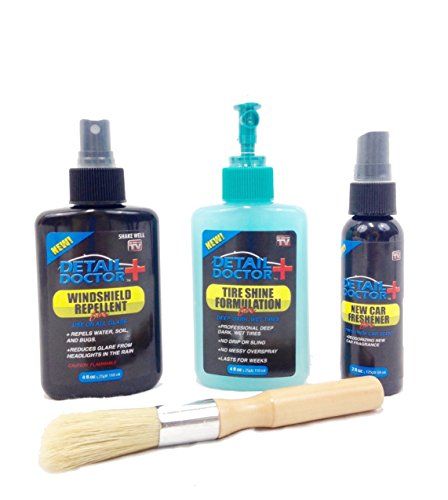 You need to physically remove scuff marks and holograms with abrasives and friction. For the most part, we assume your new paintwork will look pretty good (otherwise you'd probably send the car back to the paint shop), but in direct sunlight, flaws can show up right away. The only way to remove these marks is to use a series of abrasives with a decreasing degree of abrasiveness. nine0003
You need to physically remove scuff marks and holograms with abrasives and friction. For the most part, we assume your new paintwork will look pretty good (otherwise you'd probably send the car back to the paint shop), but in direct sunlight, flaws can show up right away. The only way to remove these marks is to use a series of abrasives with a decreasing degree of abrasiveness. nine0003
In essence, you will be removing a microscopic layer of varnish during processing to get a fresh, more even look. Keep in mind that a human hair is about 60 microns thick and the average coat of paint is about 150-200 microns. If done correctly, only 1-2 microns will be removed with each pass.
Using all three stages of the Revitalize System along with an eccentric polisher ensures you have the right level of cut at each stage and prevents burn through of the base coat or, worse, the primer. When it comes to polishing, choosing the right tools and abrasives is key. We recommend an eccentric polisher over a rotary, especially for beginners, because it is much more forgiving. It distributes heat buildup over a wider area (rather than being concentrated in one area like a rotary polisher does) to prevent burn-through of the surface. nine0003
It distributes heat buildup over a wider area (rather than being concentrated in one area like a rotary polisher does) to prevent burn-through of the surface. nine0003
Once you have gone through all the steps with the Revitalize pastes, wipe the paintwork with clean microfiber to get a surface perfectly prepared for the application of protective layers.
STEP 7: SHINE AND PROTECTION
Before you add shine to your surface with Radiance Carnauba Crème, Ultra Glaze can be a particularly useful product. This non-abrasive acrylic polymer is designed to improve the appearance of the paintwork and further reduce the appearance of swirl marks. It can be applied by hand or with a polishing machine. It leaves behind a glossy surface with a wet sheen. Once you've treated your car with Ultra Glaze, let it sit for 1 hour and you can move on to the last step of finishing - adding one or two protective coats of Radiance Carnauba Crème. nine0003
STEP 8: THE FINAL TOUCH
Of course, getting a car to look flawlessly finished involves several other processes besides polishing.